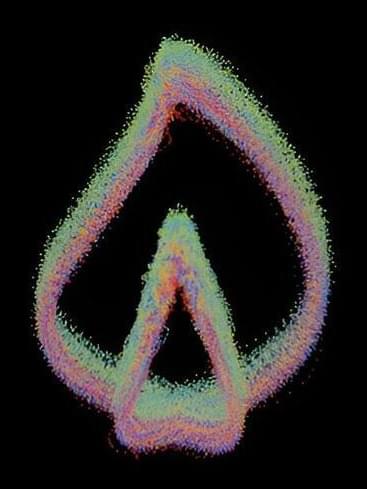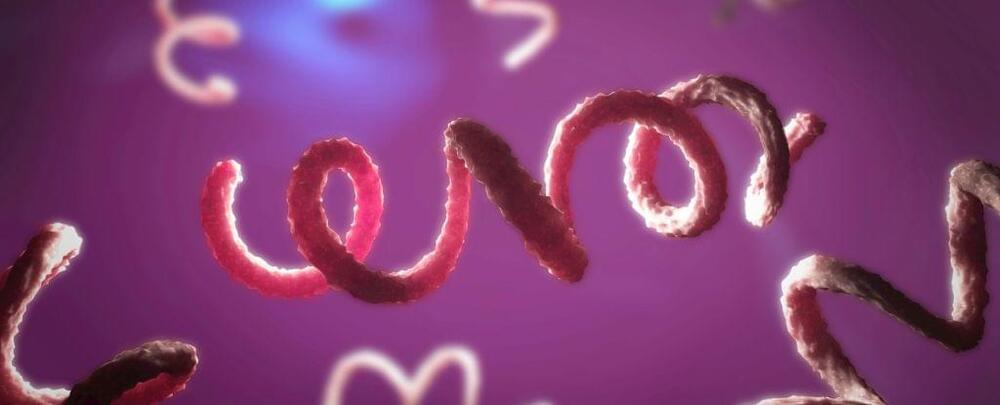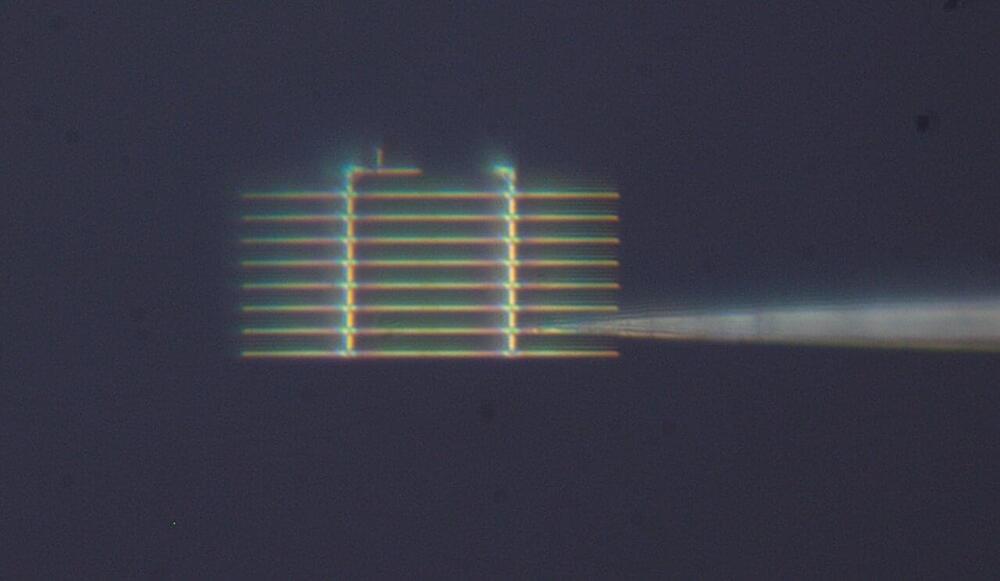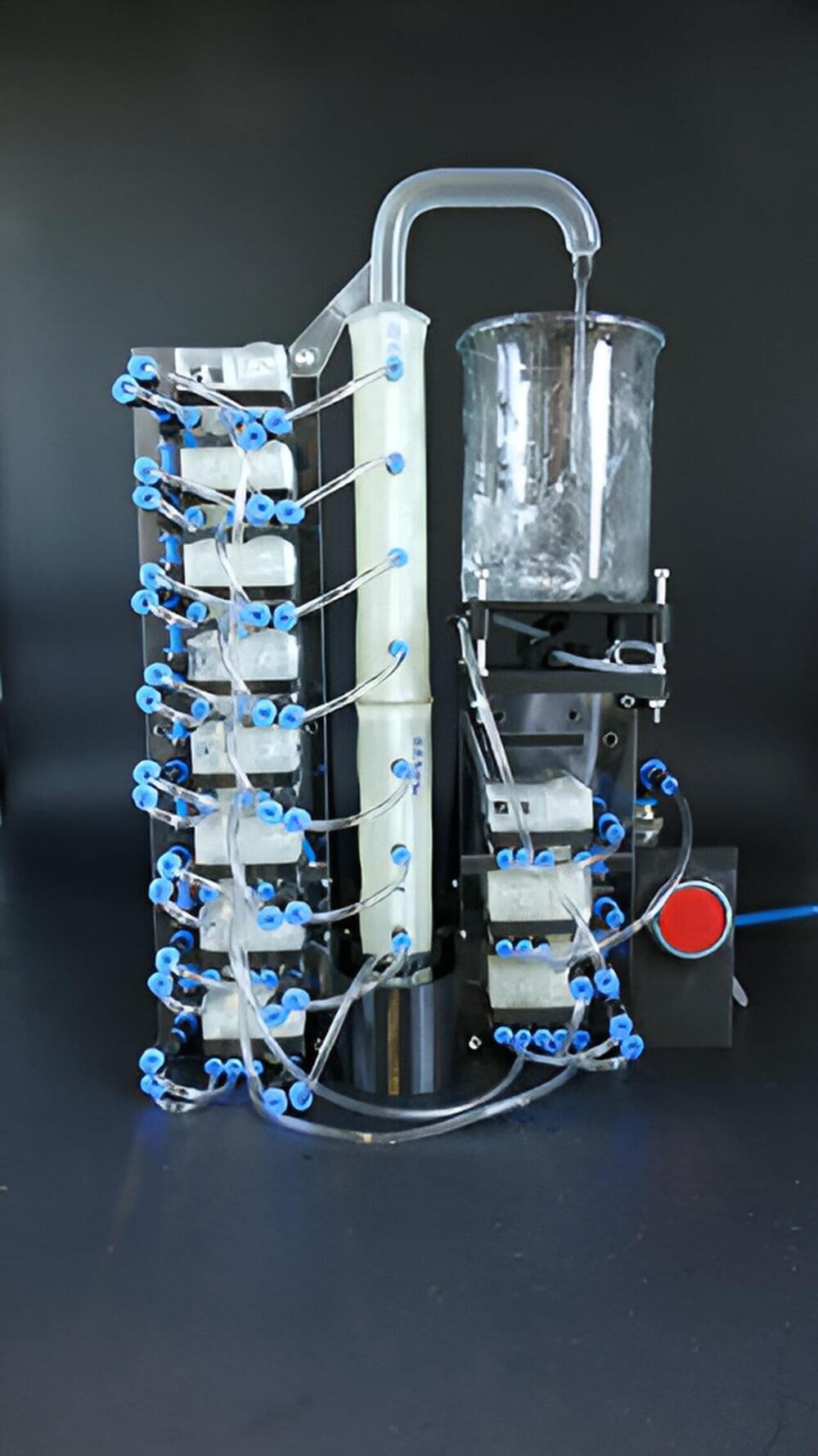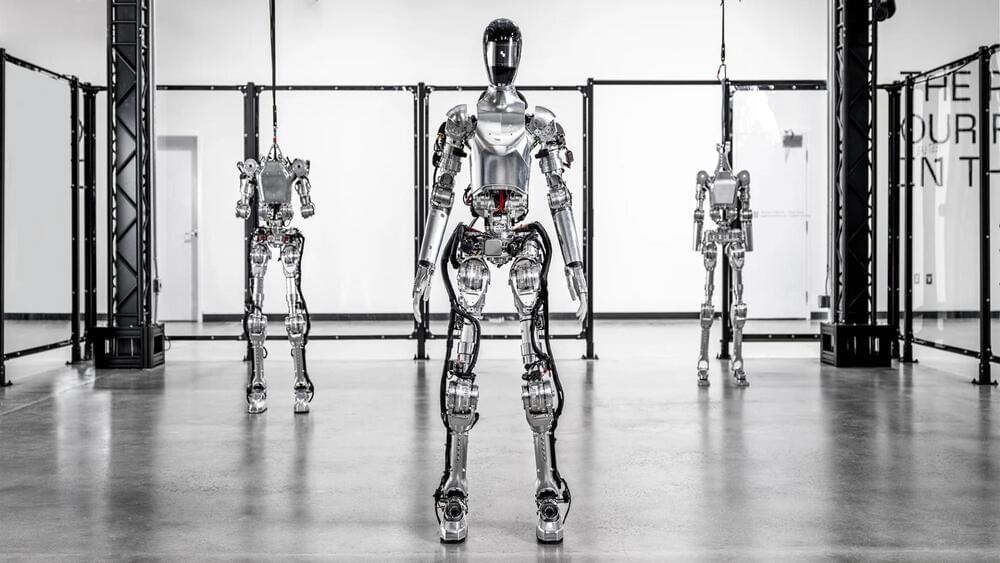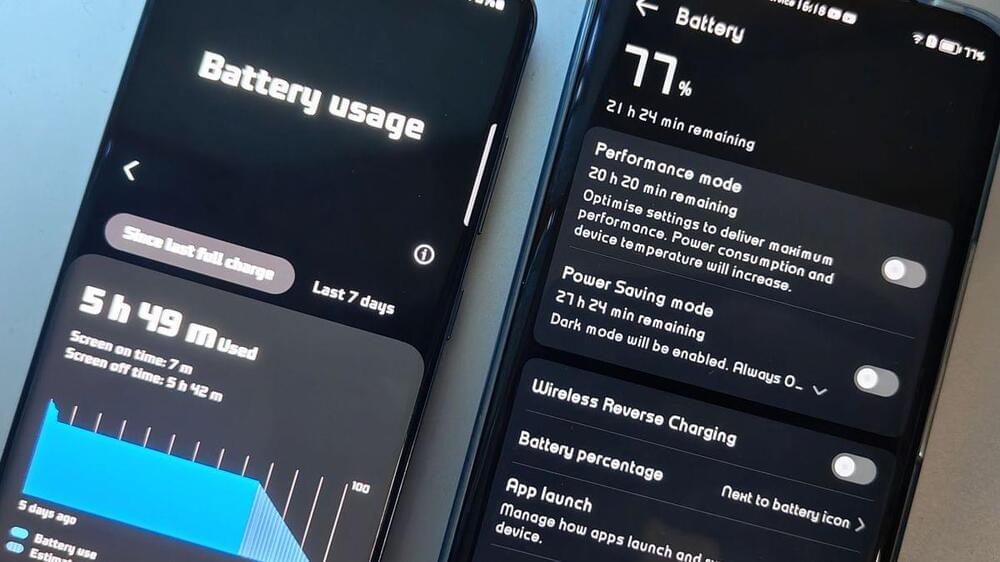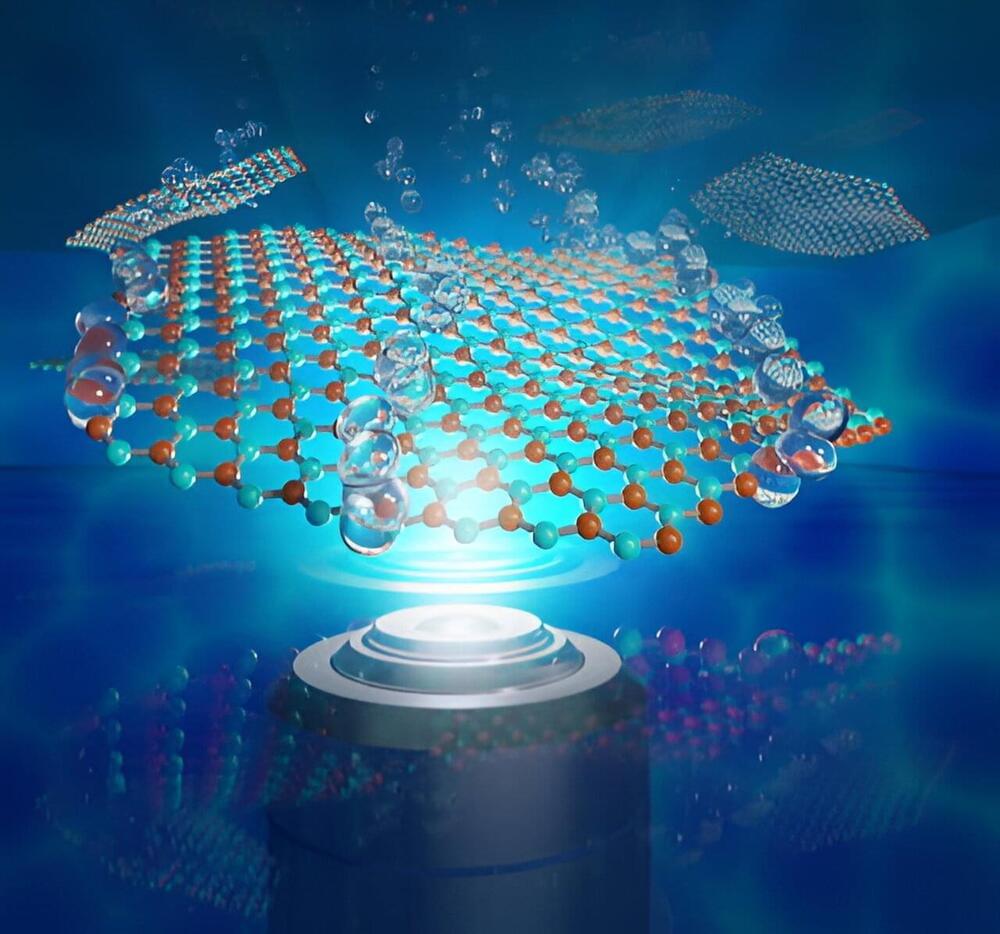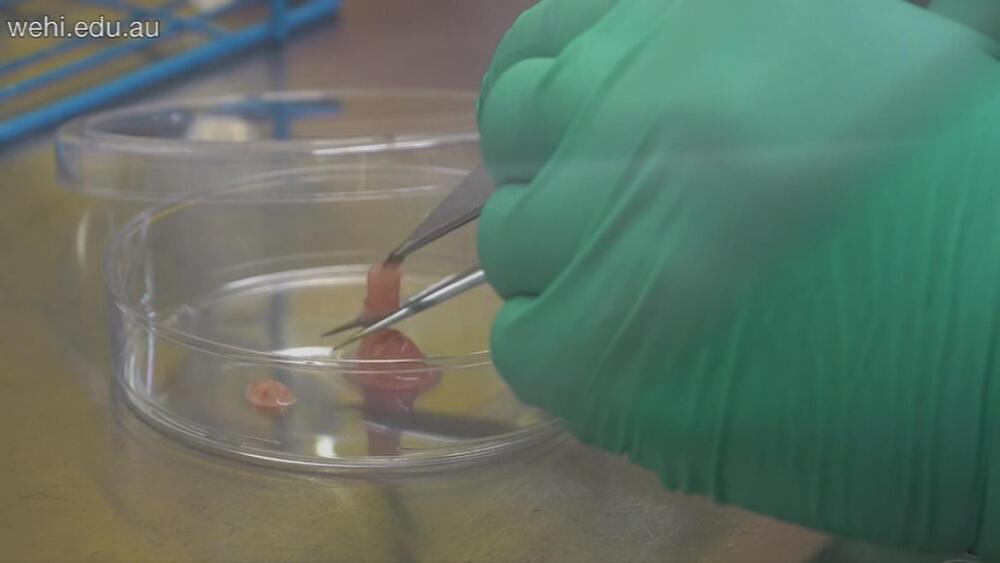A team from TU Dortmund University recently succeeded in producing a highly durable time crystal that lived millions of times longer than could be shown in previous experiments. By doing so, they have corroborated an extremely interesting phenomenon that Nobel Prize laureate Frank Wilczek postulated around ten years ago and which had already found its way into science fiction movies.
The results have been published in Nature Physics.
Crystals or, to be more precise, crystals in space, are periodic arrangements of atoms over large length scales. This arrangement gives crystals their fascinating appearance, with smooth facets like in gemstones.
